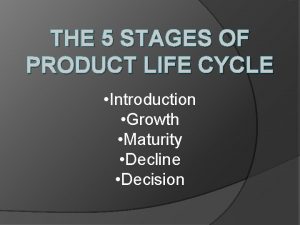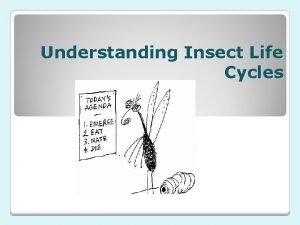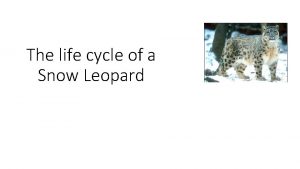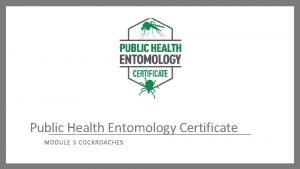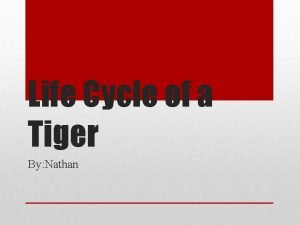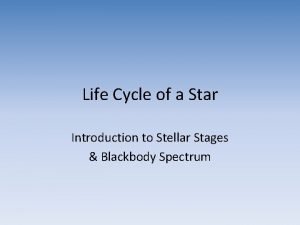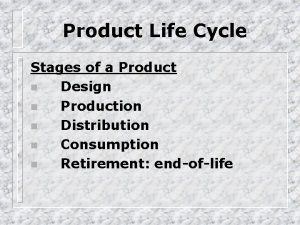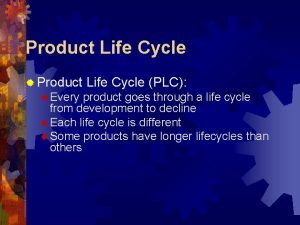Product life cycle Product life cycle the stages








- Slides: 8

Product life cycle

Product life cycle- the stages notes in copy sales MATURITY GROWTH SATURATION DECLINE Introduction Time

1. Introduction Stage – Product is launched into the market. There is low consumer awareness and low sales revenue. The business should focus on marketing to increase awareness of product, business and brand, sales promotion strategies to increase sales Cash flow – sales are low at this stage and high expenditure on R&D, product development process, marketing and promotion. The business may need to use a short term source of finance in this stage such as accruals, bank overdraft, trade creditors etc.

2. Growth Stage – if marketing and distribution efforts are successful, sales should rise sharply during this phase. Once consumers tries the product the business seeks to benefit from repeat purchasing and increase market share. Persuasive advertising is often used at this stage Cash flow – the business must be careful to avoid overtrading at this stage. It must be able to support the level of production generated. This means have the cash flow to purchase raw materials, stock, pay wages etc

3. Maturity Stage – sales are still increasing but at a much slower rate. The product is well established in the market. Most sales are from repeat purchases at this stage instead of new customers. The business must focus on strategies to remain competitive such as reminder advertising, sales promotion etc. Businesses often adapt, modify and try to improve the product. Some business stay at this stage for long periods of time Cash flow – sales revenue at this stage is high. This revenue can be invested in R&D to improve or modify the product.

4. Saturation Stage - At this stage there is no room to expand the market for the product. Sales level off. The only way to increase sales is to take custom from its competitors. At this stage the business will focus on reminder advertising and promotional strategies. It will also look at increasing its product portfolio developing replacement products to takeover when the product enters into decline. The business must decide if it will use extension strategies to extend the product life cycle or let it enter into decline. Cash flow: revenue at this stage is very high. The revenue can be used to fund extension strategies or R&D and the product development process of new products or services to replace the product when it enters into decline.

5. Decline Stage: at this stage, the product has outlived its demand. It can be gradual or rapid depending on the nature of the product. The business must decide whether to reinvent the product or replace it with another, expanding its product portfolio. Cashflow - The business may chose to use product harvesting. This is where the business cuts all spending on the product such as marketing and seeks to maximise total profit from the product. It may then use the profits to invest in R&D for another produce

Sample question Illustrate each stage of the product life cycle with the aid of a diagram. Refer to cash flow for each stage. 25 m
